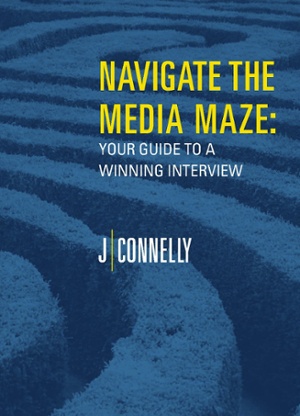 Press releases are still an effective media relations tactic—but they are no longer the end all, be all.
Press releases are still an effective media relations tactic—but they are no longer the end all, be all.
If you type “Is the press release dead?” into Google, you’ll get pages and pages of results with lots of opposing opinions.
Inc. says the press release “Isn’t Dead Yet” while Ragan’s PR Daily declares the printed press release “All But Dead.”
Most PR professionals would probably agree that the press release—though admittedly overused—is still valuable in the right circumstances. But keep in mind: it’s just one tool in the media-relations arsenal. You have to know when and how to use it.
To help you plan the most effective PR campaign, we’ve outlined the pros and cons of some of some of the most frequently used media-relations strategies—starting, of course, with the good old-fashioned press release.
1. Press Releases
Pros: Puts all the facts and figures in one place. Best when used for major or fairly complex announcements such as the launch of a new product, merger or acquisition. Releases are also essential for creating a digital footprint and building a sense of legitimacy for new brands. But don’t clog reporters’ inboxes with releases on unimportant news (such as routine hires)—post on newswires and leave it at that.
Cons: Journalists tend not to read them without an initial pitch—or they’ll skim just the headline and decide it’s not for them. Consider pitching and then following up with journalists to provide additional context. Press releases aren’t sexy—but you should resist the urge to be sexy when dealing with serious news like a major corporate merger.
2. Blog / Social Media Post
Pros: Breaking news on a company blog and/or social media channels means you get to control your own message. This is key when dealing with a sensitive or controversial issue. This summer, Blackberry announced it was discontinuing its iconic keyboard model. The company’s COO and General Manager broke the news in a blog post “Change is Only Natural: A Classic Model Makes Way.” The strategy allowed Blackberry to tell its story first and then let national media follow up with quotes taken directly from the blog post—no interviews required!
Cons: This strategy really only works for large companies that are already on the media’s radar. It also means you have to be extra careful with your messaging since one small misstep can make an already-dicey situation even worse.
3. Exclusive
Pros: By offering an exclusive to a reporter and outlet, you are essentially making it worth their while to cover the story. This is smart when pitching a story that isn’t a grand slam but still newsworthy. Best scenario, you end up with one good feature rather than a lot of smaller mentions. After all, what reporter doesn’t want a scoop?
Cons: If it’s a big enough story, you won’t want to limit yourself to one publication and one reporter. As an alternative to the exclusive, start by offering an embargo, which allows you to secure a feature while still generating additional follow-up coverage post announcement.
Want to improve your media relations? Download our free ebook:





Let’s Connect
Ready to build, grow, manage and protect your brand? Complete the form below to discuss how we can help.